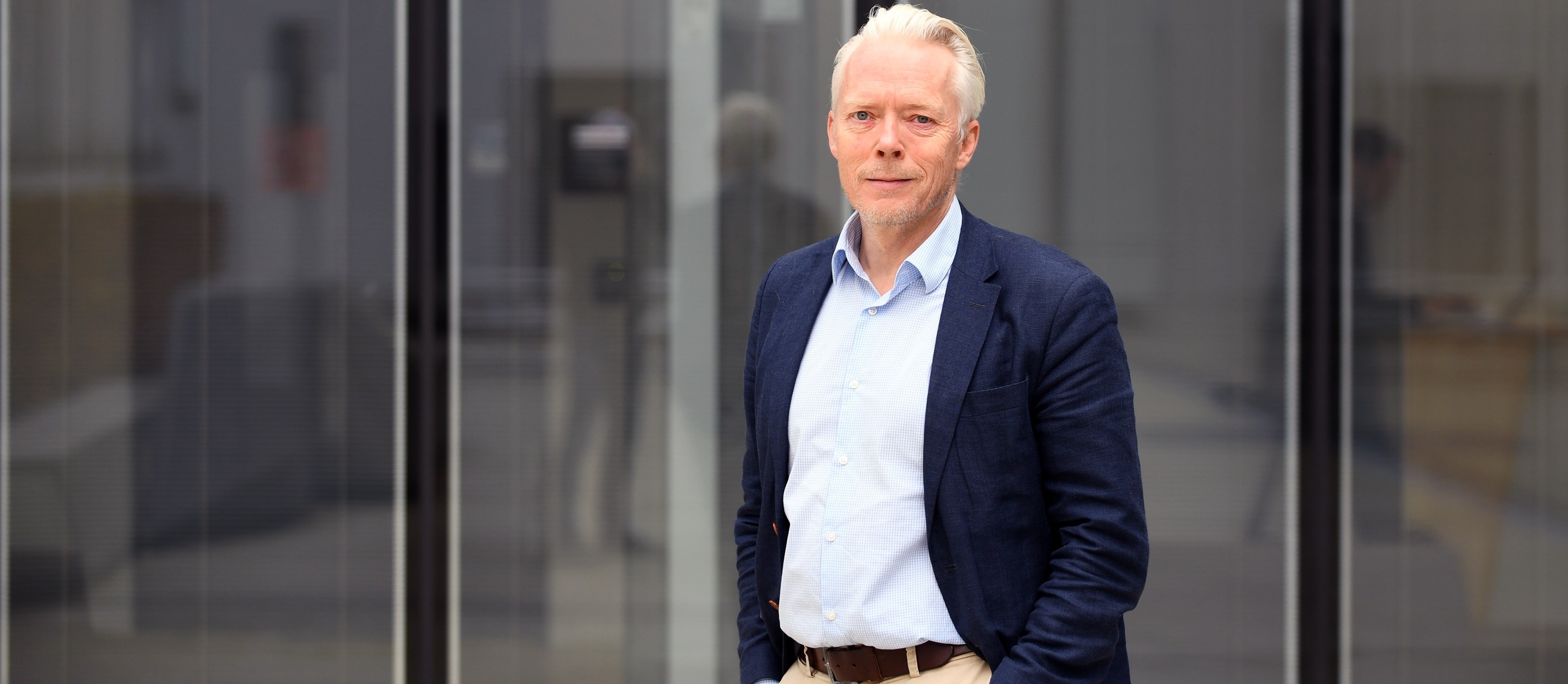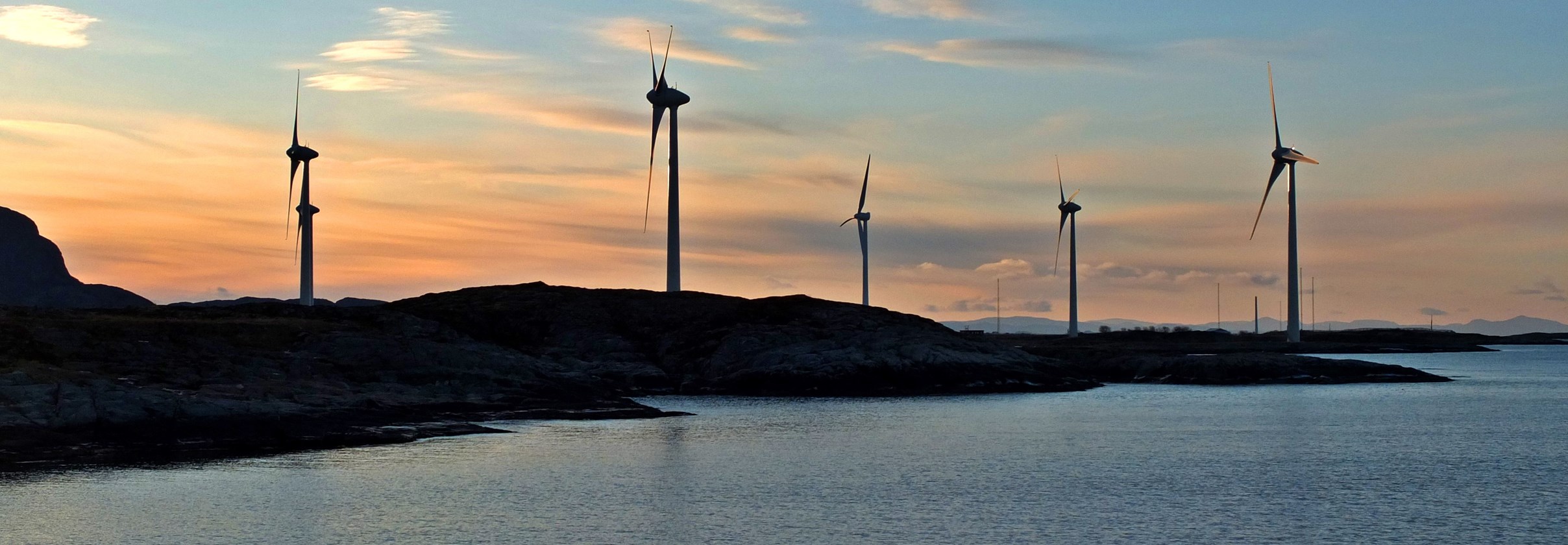The installations have not had a statistically significant effect on value creation, neither measured as gross domestic product nor personal income.
Professor Øivind Anti Nilsen

‘Based on our findings, I cannot see that local communities that say yes to the building of wind farms have much to gain,’ says Professor Øivind Anti Nilsen.
'I have to agree with the environmentalists who say that building wind farms will not be particularly beneficial for municipalities.'
By April 2019, NVE will have analysed 43 areas throughout Norway in order to find the most suitable areas for wind power in Norway. The number of areas that are suitable for wind farms will be considerably lower.
'As an economist, I am interested in looking at what building new wind farms will mean for the local economy. Based on our findings, I cannot see that there will be a lot to gain for the municipalities that are chosen as new wind farm municipalities,' says Professor Øivind Anti Nilsen of the Department of Economics.
The installations have not had a statistically significant effect on value creation, neither measured as gross domestic product nor personal income.
Professor Øivind Anti Nilsen
In the research study 'The Local Economic Impact of Wind Power Deployment', Nilsen and Nils May (from the German Institute for Economic Research) look at the local economic effects of wind farm developments. They conduct empirical studies of what effects wind farms have had on German municipalities.
Germany is the country in Europe with the greatest wind power capacity. Building activity is very high there.
Nilsen underlines that the results from the empirical study are transferrable to Norwegian conditions.
'The installations have not had a statistically significant effect on value creation, neither measured as gross domestic product nor personal income,' says the professor from NHH.
In other words: The municipalities that were hoping to see large financial gains and an influx of cash in the municipal coffers were disappointed.
The economic argument that some wind farm advocates use simply does not stand up to scrutiny.
'So, why have some municipalities welcomed these wind farms?' asks Nilsen.
The construction phase does not have big effects for local businesses or municipalities. The wind turbines are relatively simple structures and nor does a construction road take very long to build.
'This does not lead to permanent jobs and does not increase the number of people staying at local hotels.'

'One explanation for why the political leadership of many municipalities nonetheless choses to approve wind farms could be that they wish to be perceived as "green" and actively cultivate an environmentally friendly image. By permitting wind farms they are signalling that they are playing a proactive role in 'the green shift'.'
Nilsen does not see any great effect of the wind turbine tourism some people have emphasised. Some claim that local businesses could make money from tourists taking their holidays near established wind farms.
'That is marginal, at best' says Nilsen. 'I do not see any potential there.'
'But the important question,' says the researcher, 'is whether Norway is going to be part of the green shift, also when it comes to wind power.'
The climate is more important than our finances
'You are not saying that this is something that should be stopped, even though there is no economic benefit?'
'No, absolutely not. We need to look beyond our own finances. The question is: how do we meet the increasing demand for electricity? Should we burn more gas? Develop more hydropower? If we import more power from abroad, it could have been sourced from nuclear power or a coal power plant in Poland. Or maybe we should just pay the price, which, according to many, is that wind farms are aesthetically ugly, create noise pollution and occupy large wilderness areas. That is the price we have to pay. Perhaps the municipalities will have to contribute.
Compared to hydroelectric developments, where large interventions in natural landscape have resulted in regulated river systems and the building of dams, wind farms are far smaller encroachments on the natural landscape.
It is possible for future generations to dismantle the wind turbines if they so wish. It is not a permanent destruction of nature. It is a reversible installation.
Professor Øivind Anti Nilsen
'It is possible for future generations to dismantle the wind turbines if they so wish. It is not a permanent destruction of nature. It is a reversible installation.'
Nilsen thinks that if we want to be part of the green shift, wind is the only real alternative besides hydroelectric power.
'But we should not use the argument that local communities have a lot to gain financially. They do not.'
The municipalities and counties authorities that produce hydroelectric power believe that the solution to the municipalities' low income from wind power is to introduce a natural resources tax, corresponding to the tax paid by the producers of hydroelectric power. This has already been proposed by one of the country's largest wind turbine municipalities, Fitjar municipality in Stord. The development of Midtfjellet wind farm started in 2013, and there are now 55 wind turbines. The biggest owner is the German investment fund Aquila Capital (78.4 per cent). Fitjar municipality is left with an income of approximately 10 million kroner a year.
That is just over 3,000 kroner per inhabitant.